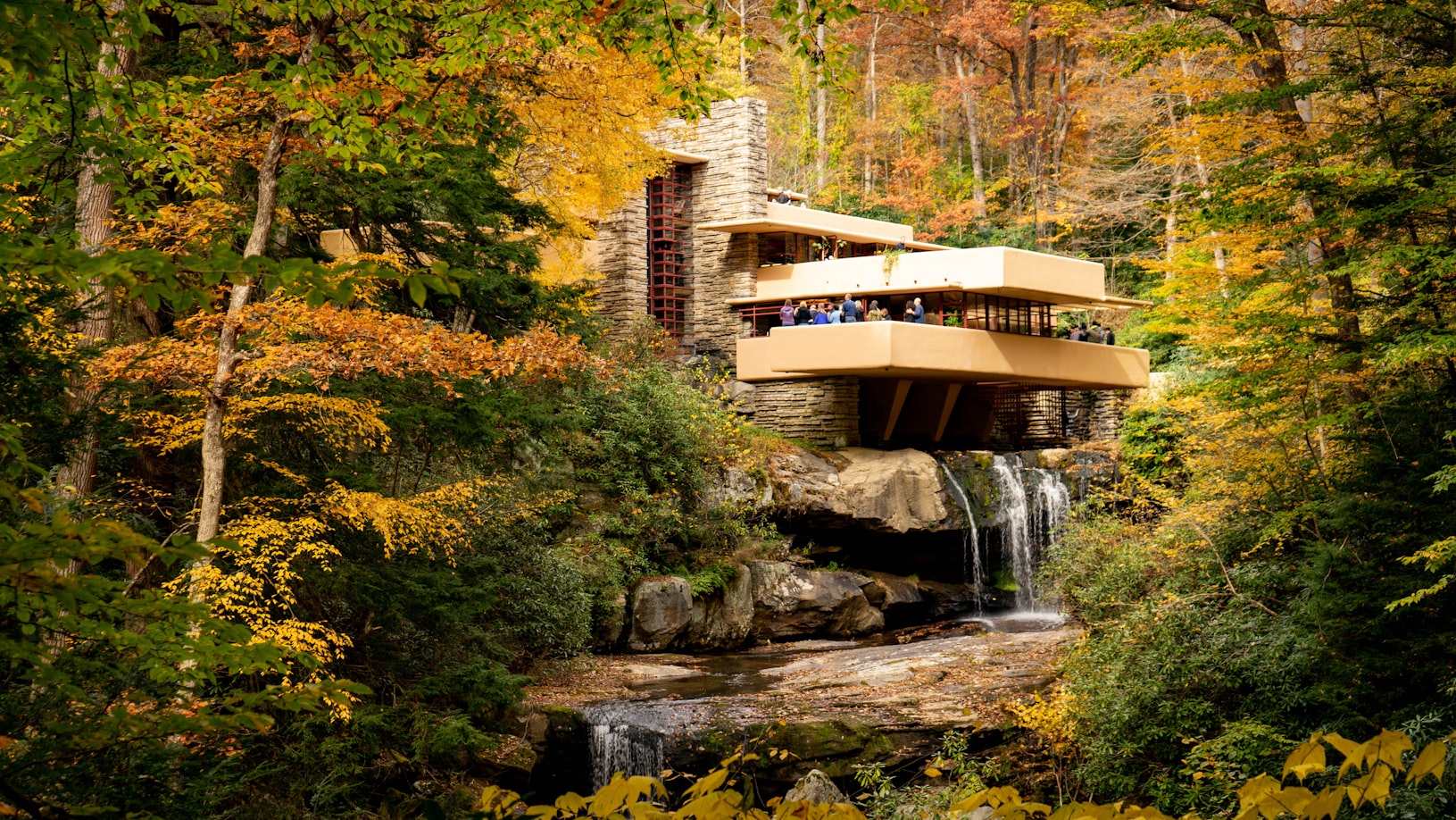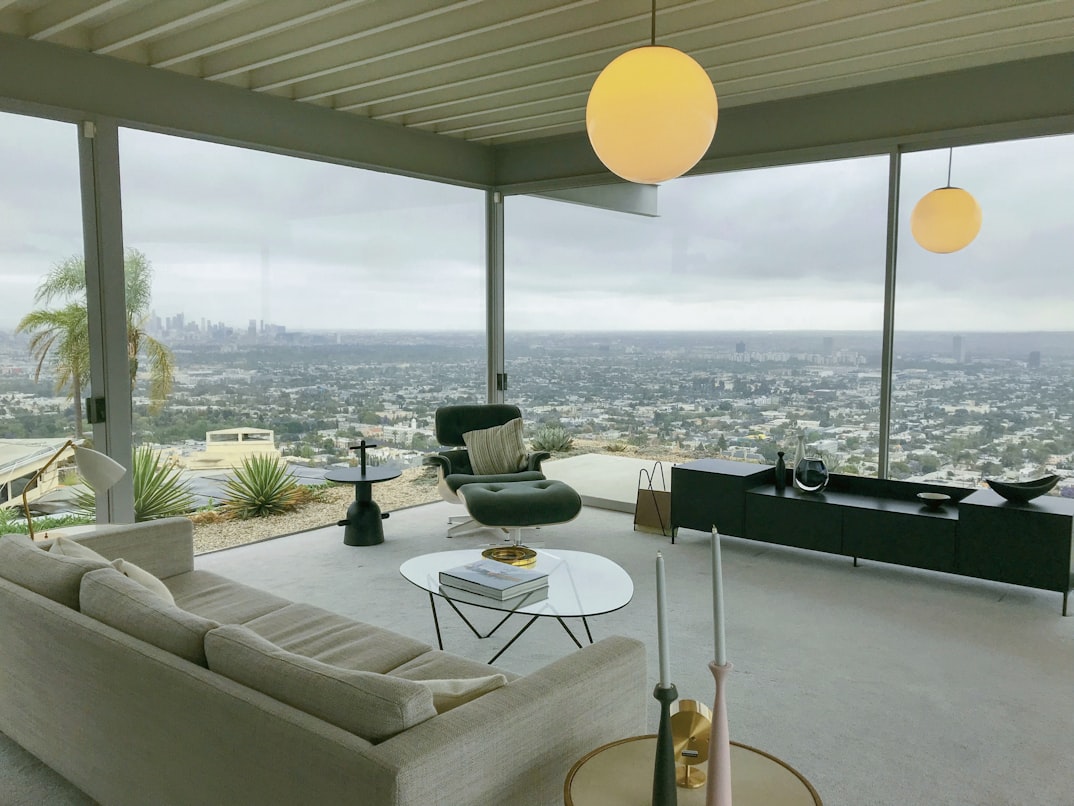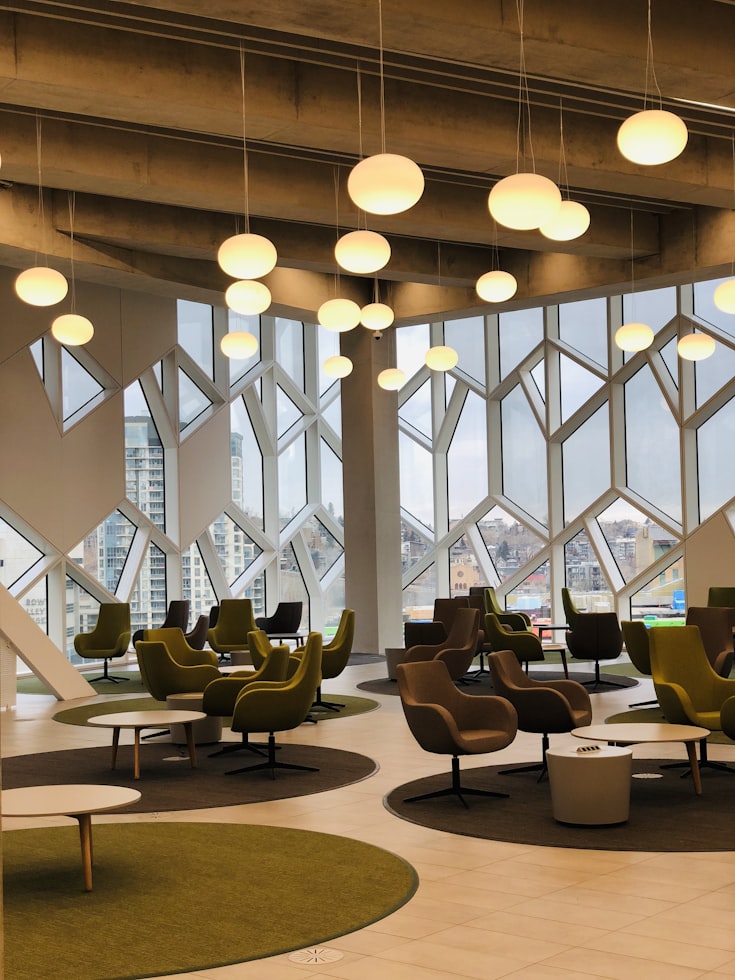Rediscovering the Timeless Elegance of Mid-Century Interior Design in the United States

In the world of interior design, few styles have withstood the test of time quite like mid-century modern. Originating in the mid-20th century, this design movement continues to captivate and inspire with its timeless elegance, clean lines, and innovative approach to space. In this long-form blog post, we will delve into the essence of mid-century interior design, exploring its origins, key characteristics, and how it has evolved to remain relevant in contemporary American homes.
The Birth of Mid-Century Modern

The mid-century modern movement emerged in the aftermath of World War II, when a wave of optimism and innovation swept across the United States. Influenced by the principles of the Bauhaus school and Scandinavian design, mid-century modern sought to create functional, accessible, and visually appealing spaces. Visionary designers and architects such as Charles and Ray Eames, Eero Saarinen, and Frank Lloyd Wright became synonymous with this design style, pushing the boundaries of traditional design norms.
Key Characteristics of Mid-Century Interior Design:
-
Clean Lines and Organic Forms: Mid-century modern embraces simplicity and sleekness, characterized by clean, straight lines and gentle curves. Furniture pieces often feature organic forms inspired by nature, with smooth, flowing contours that promote a sense of harmony and balance within a space.
-
Use of Natural Materials: Mid-century designers were proponents of natural materials, emphasizing the beauty of wood, leather, and other organic elements. Exposed wood grains, teak, walnut, and rosewood are commonly seen in furniture pieces, while stone and brick accents add texture and warmth to interiors.
-
Functionality and Versatility: Functionality is at the heart of mid-century design. Furniture pieces are designed with a purpose, offering both comfort and utility. Multi-purpose furniture, such as modular shelving units and convertible sofas, reflect the desire for flexibility and efficiency in living spaces.
-
Integration of Indoor and Outdoor Spaces: Mid-century modern blurs the boundaries between indoors and outdoors, embracing large windows, sliding glass doors, and open floor plans. These architectural features allow natural light to flood interiors, while also providing a seamless connection to nature.
-
Vibrant Color Palette: Mid-century interiors often feature bold and vibrant colors. From rich earth tones like burnt orange and olive green to iconic hues such as mustard yellow and teal blue, these colors add personality and visual interest to the space.

Bringing Mid-Century Modern into Contemporary Homes:
-
Iconic Furniture Pieces: One way to incorporate mid-century modern into your home is by investing in iconic furniture pieces that define the style. Classics like the Eames Lounge Chair, Noguchi Coffee Table, and the Barcelona Chair by Ludwig Mies van der Rohe are timeless additions that can anchor a mid-century aesthetic.
-
Statement Lighting: Lighting plays a crucial role in mid-century interior design. Opt for pendant lights, floor lamps, or Sputnik chandeliers with sleek and sculptural designs. These fixtures not only provide illumination but also serve as works of art that enhance the overall ambiance of the space.
-
Retro-Inspired Accents: Accessories and accents offer an opportunity to infuse a touch of mid-century style into any room. Consider incorporating retro-inspired accessories such as geometric patterned rugs, sunburst mirrors, and atomic-era wall clocks to add a nostalgic flair.
-
Embrace Organic Textures: Mid-century design embraces the natural beauty of materials. Introduce organic textures through the use of wood furniture, exposed brick or stone walls, and woven textiles like tweed or leather upholstery. These textures add depth and visual interest to your interior spaces.
-
Mix Mid-Century with Contemporary: One of the strengths of mid-century design is its ability to seamlessly blend with contemporary elements. Combine mid-century furniture with modern artwork, minimalist décor, or even industrial accents to create a curated and eclectic look that reflects your personal style.

Mid-century interior design continues to captivate homeowners and design enthusiasts alike with its timeless elegance, functional appeal, and inherent beauty. Its clean lines, natural materials, and integration of indoor and outdoor spaces make it a versatile and enduring style that can transform any home. By incorporating key elements and iconic pieces, you can infuse your spaces with the spirit of mid-century modern, creating an environment that exudes sophistication and embraces the innovation of the past while remaining relevant to contemporary design sensibilities. So, unlock the doors to the mid-century era and let its timeless charm revitalize your living spaces.




You must be logged in to add a comment.
This post has no comments yet...